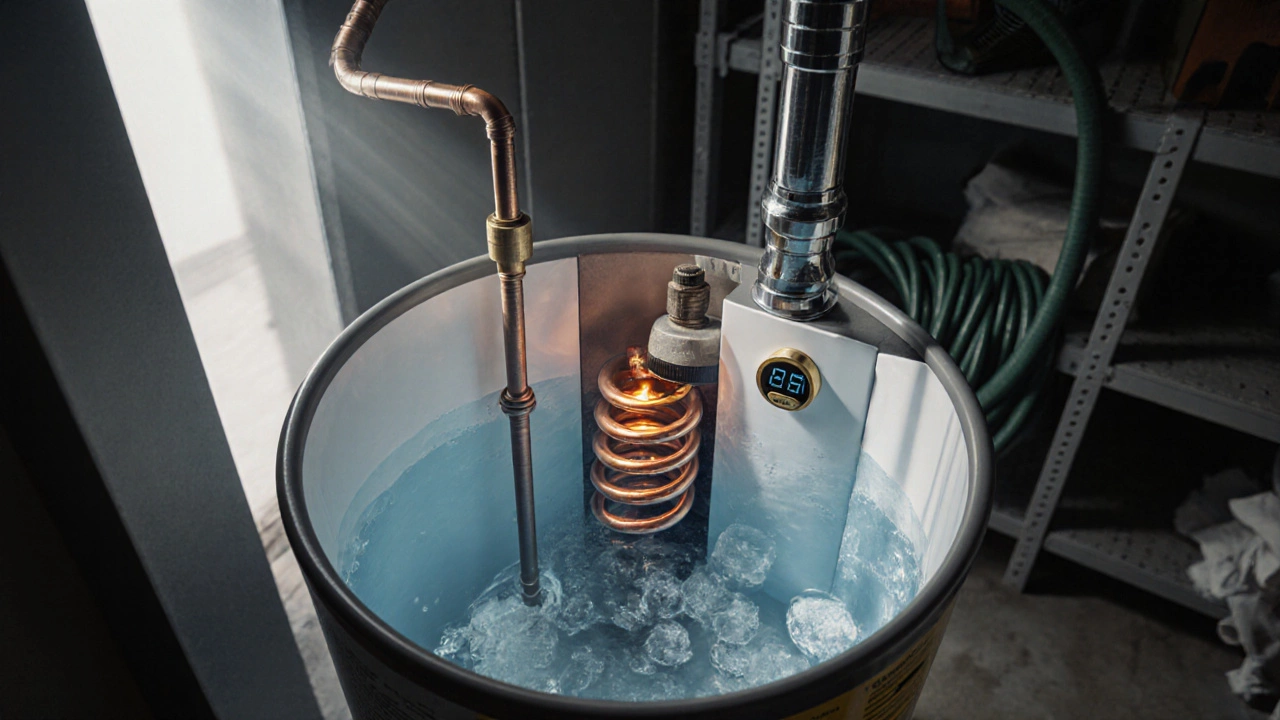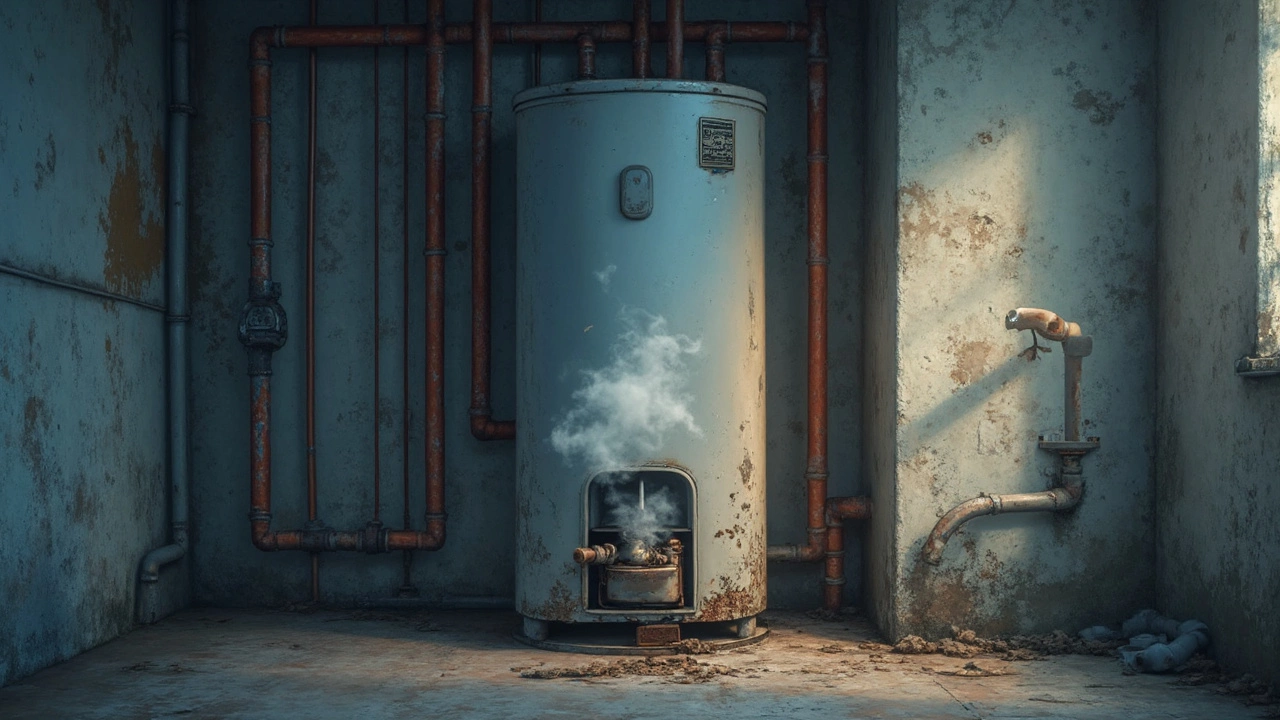
Learn the most common water heater failure points, why they break, early warning signs, and maintenance tips to keep your hot water flowing.
If you turn on the tap and get cold water, you’ve probably faced a water heater failure. It’s frustrating, but you don’t have to panic. Most problems are caused by a few common issues that you can spot and, in many cases, fix yourself. This guide walks you through the top reasons your water heater stops working, safe troubleshooting steps, and when it’s time to call an expert.
1. Tripped Reset Button – Electric water heaters have a built‑in reset button that trips when the unit overheats. Pressing it again can restore power, but only if the underlying cause is cleared.
2. Faulty Thermostat – The thermostat controls water temperature. If it’s stuck low or high, the heater may not fire or could shut off to prevent damage.
3. Power Issues – A blown fuse, tripped circuit breaker, or unplugged unit will stop the heater dead in its tracks. Check your breaker box and any disconnect switches near the tank.
4. Pilot Light or Ignition Failure (Gas Models) – Gas heaters need a lit pilot or electronic igniter. If the flame goes out, the heater won’t heat water. Look for a cold flame or a clicking sound that never ignites.
5. Sediment Buildup – Over time, minerals settle at the bottom of the tank, reducing heating efficiency and eventually causing overheating or leaks.
6. Leaking or Corroded Tank – Rust or a crack can let water escape, leaving the heating element exposed and unable to function properly.
Check the Reset Button – Locate the red button on the heater’s control panel. Press it firmly once; you should hear a click. If the button trips again within a few minutes, don’t keep resetting – there’s likely a deeper issue.
Inspect the Power Supply – Open your breaker box and look for a tripped breaker. Flip it off, then back on. If the breaker trips again, call a qualified electrician.
Confirm the Pilot Light (Gas Units) – Follow the manufacturer’s instructions to reignite the pilot. Usually this involves turning the gas knob to “pilot,” holding down a button while you use a lighter or igniter. If the pilot won’t stay lit, you probably need professional service.
Flush the Tank – Turn off power or gas, close the water inlet valve, and attach a garden hose to the drain valve at the bottom of the tank. Run the water until it’s clear to remove sediment. This simple maintenance can restore heating efficiency.
Look for Leaks – Check around the base of the tank for any wet spots. Small drips may be a sign of a loose valve, while larger puddles suggest a cracked tank. Leaks usually mean the unit needs replacement.
When to Call a Pro – If you’ve tried the reset, power, and pilot steps and still have no hot water, or if you notice corrosion, rust, or persistent leaks, it’s safest to contact a certified water heater technician. Attempting deep repairs without the right tools can be dangerous and may void warranties.
Water heater failures are often predictable, and a quick check of the reset button, power source, and pilot light can solve many problems. Regular maintenance—like flushing the tank once a year—keeps sediment from building up and prolongs the unit’s life. If you’re ever unsure, especially with gas appliances, reach out to a professional. Restoring hot water doesn’t have to be a nightmare; a little knowledge and the right safety steps go a long way.

Learn the most common water heater failure points, why they break, early warning signs, and maintenance tips to keep your hot water flowing.

Water heaters are notorious for wearing out way faster than most people expect. This article breaks down the real reasons behind their early failures. You'll find out how mineral buildup, water quality, usage habits, and poor maintenance team up to wreck your heater. We’ll also talk about things you can actually do to extend your water heater’s life. If yours hasn’t failed yet, you’ll want to read this before it does.